It may be the time of year when we all joke around and partake in fun pranks to celebrate April Fools Day, but we’re not joking when we say that your life is about to get easier. Why? Electronic submissions and online data entry! Continue reading
Category: Laws, Policies, and Regulations (Page 5 of 9)
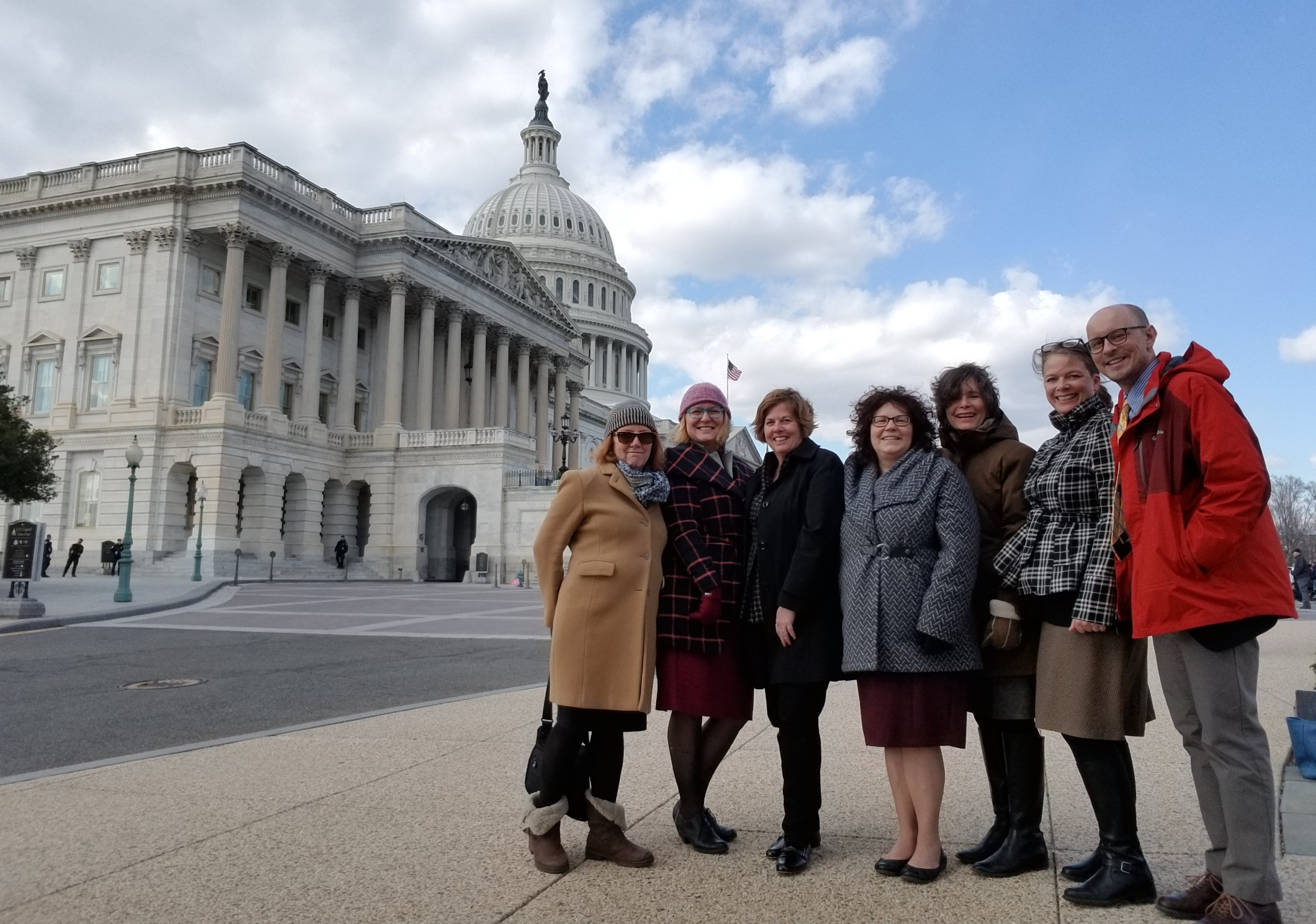
PA SHPO goes to Washington! Advocacy Week 2018
Every year in March, State Historic Preservation offices and preservation advocates from across the country travel to Washington, D.C. for National Historic Preservation Advocacy Week. The Pennsylvania delegation was there to be a part of it.
What is Advocacy Week?
Advocacy Week, as you may recall from this post and this post, is one of big preservation events of the year. Preservation Action and the National Conference of State Historic Preservation Officers (NCSHPO) organize Advocacy Week each year, bringing over 250 preservationists to Washington, DC to promote sound federal preservation policy and programs. The first day of Advocacy Week typically includes in-depth training, policy briefings, and forums from an array of preservation and policy professionals. The second day is when things really start to get fun!

Preservation Advocacy Week logo.
Pennsylvania’s Delegation
This year’s PA SHPO team included me, Andrea MacDonald, and Cory Kegerise. Executive Director Mindy Crawford and Board member Sandy Rosenberg joined us from Preservation PA. Brenda Barrett, a long-time Advocacy Week attendee and editor of the Living Landscape Observer, and Cindy Hamilton, representing the Historic Tax Credit Coalition, also joined the group.

PA’s delegation in March 2018. From left: Brenda Barrett, Andrea MacDonald, Cindy Hamilton, Mindy Crawford, Sandy Rosenberg, me, and Cory Kegerise.
Walking Capitol Hill
The second day of Advocacy Week is devoted to visits with Pennsylvania’s Representatives and Senators. We weren’t quite sure how this year would go given the number of Congressman retiring this year and the uncertainly of the new congressional district map. Divided into three teams, we met with staff from 13 offices (12 Representatives and 1 Senator) and walked miles (not really, but it felt like it!) in the tunnels between the Cannon, Longworth, and Rayburn House Office Buildings and across the Hill to the Russell Senate Office Building.
I am happy to report that all of our visits were a huge success! We had the chance to meet with new staff and old friends to talk about historic preservation and why it matters.
So what happens at these meetings?
The meetings are typically 15 minutes long and can happen anywhere – in a Congressman’s office or the hallway. Our goal is always to create more awareness and, if we’re lucky, a new relationship. We provide a folder of information for the meeting, which includes the “Your Guide to the PA State Historic Preservation Office,” information sheets on preservation programs and issues, and our contact information. This year, we were also able to give the people we met with an on-the-spot thank you card for taking the time to meet with us.
Videos steal the show
One of the ways that we have found to communicate the importance of preservation, especially to the average Joe, is through videos. These steal the show. We can talk about the need to support historic preservation all day long, but these video testimonials bring preservation to life.
PHMC’s video and social media wizard, Sean Adkins, produced three new videos for us this year! You might remember that last year our videos focused on the benefit and necessity of the historic tax credit. In this year’s videos, we wanted to show the broad range of preservation activities that the Historic Preservation Fund supports. Take a look!
- City of Lancaster: This video showcases the preservation work happening in Lancaster right now. The city is a CLG (certified local government), is home to some great historic tax credit and grant projects, and has a local and National Register historic districts. Former PA SHPO-er Jeremy Young even makes an appearance!
- Spangler Farm: This testimonial follows the Noll family as they take you on a tour of their farm, the former Spangler Farm, in Union County. Listing in the National Register is a tremendous source of pride for them, and their efforts will help preserve this early – and relatively intact – farmstead. They were so happy they were listed last year that they held a party!
- Brandywine Battlefield: Brandywine Battlefield benefits from federal grants, principally from the American Battlefield Protection Program, an involved Task Force, and support from county planning offices and the public.
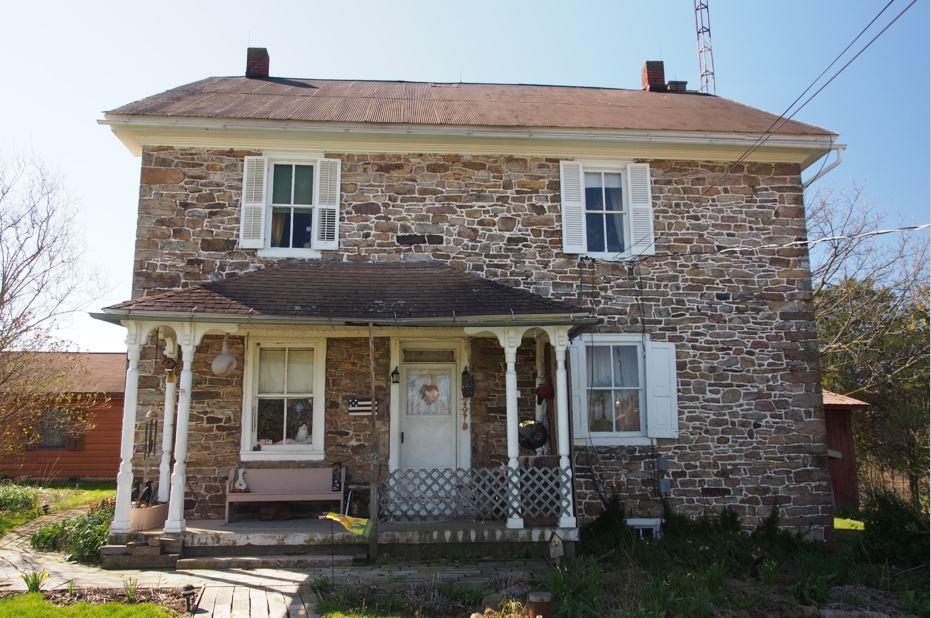
The George Christian and Anna Catherine Spangler Farm in Union County was listed in August 2016.
You can check out the videos through the above links or visit PHMC’s YouTube channel.
Do we make a difference?
Yes. I think our time in Washington networking with other SHPOs and meeting with our federal representatives do make a difference. Congressional staffers hear from people in their districts regularly and it’s important for them to consider us a resource for them and their constituents when preservation issues arise.
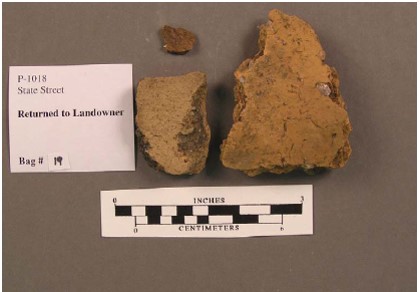
Punching through the Plowzone
Archaeologists are always on the ready for the next mythical idea of what we are and what we do. We don’t dig dinosaurs or find buried treasure (at least the kind that entails riches untold). We don’t all work in academia and, yes, our parents likely told us there were no jobs in archaeology.
PA SHPO has released an updated 2017 version of the Guidelines for Archaeological Investigation in Pennsylvania. Continue reading
The Certified Local Government (CLG) Program has been part of the national preservation toolbox since the early 1980s. Like other programs established by the National Historic Preservation Act, the CLG program is administered by each State Historic Preservation Office based on state-specific guidelines approved by the National Park Service. Pennsylvania’s CLG guidelines procedures were last updated in 2009, but haven’t changed substantially since the program started almost 30 years ago. That’s all about to change! The PA SHPO has recently released a draft of proposed changes to the CLG program and will be accepting comments from the public until December 4, 2017. Continue reading
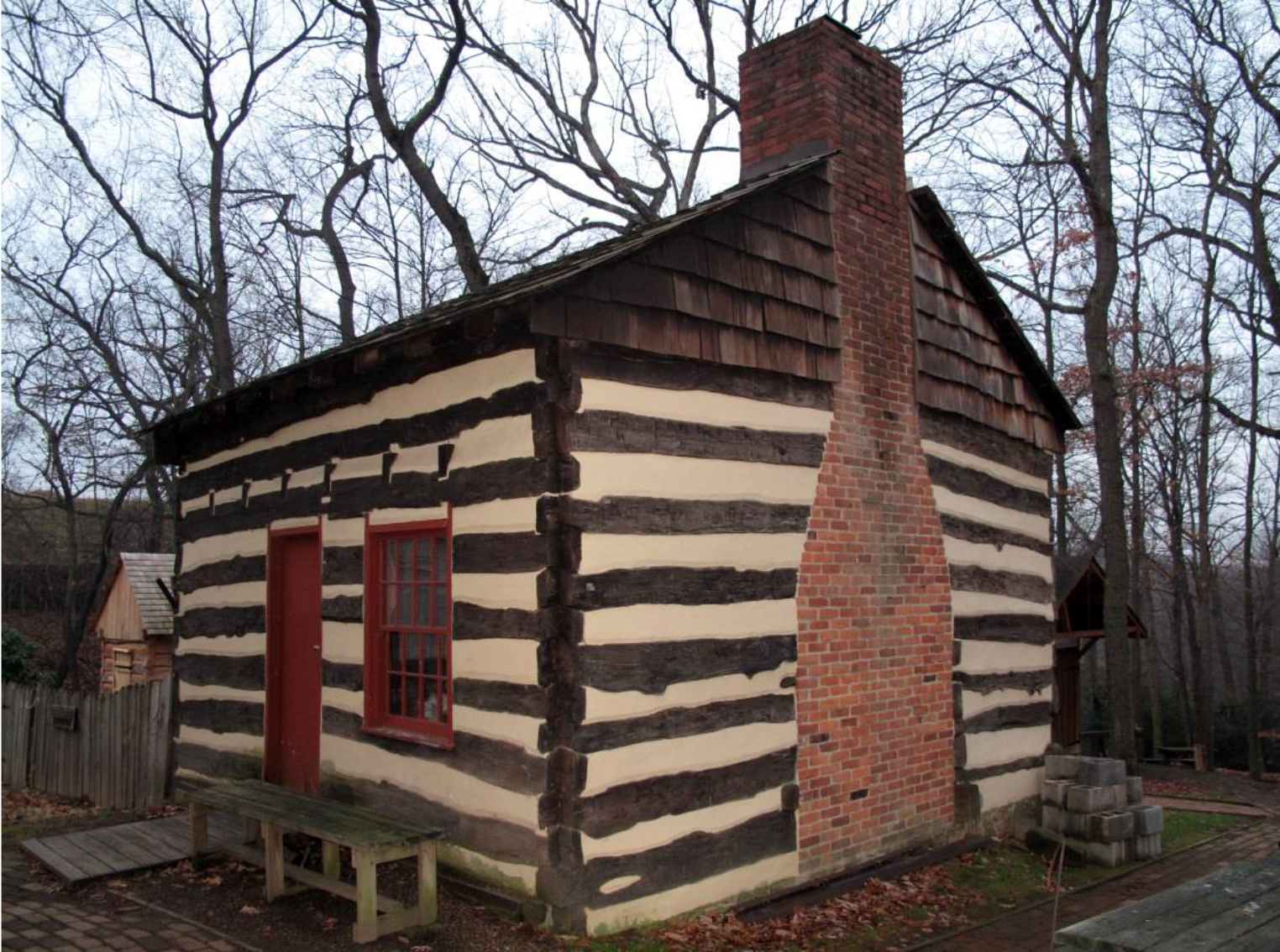
Listening to the Public: Results of the Marketing Archaeology Survey
In the previous Marketing Archaeology blog post, we introduced you to the National Register of Historic Places (NRHP)-eligible Armstrong Site and the associated current Pennsylvania Turnpike Commission (PTC) road reconstruction and widening project . Continue reading

Guidance for the Treatment of Historic Bridges
Wherever you travel in Pennsylvania, you are likely to cross a historic bridge. These bridges are an important part of the cultural landscape and a link to Pennsylvania’s transportation and engineering history. Eventually these bridges need some level of work to continue providing a safe passage, but what is the best way to execute this work without diminishing the bridges’ historic character? By consulting and applying the Secretary of the Interior’s Standards for the Treatment of Historic Properties (the Standards) for guidance.
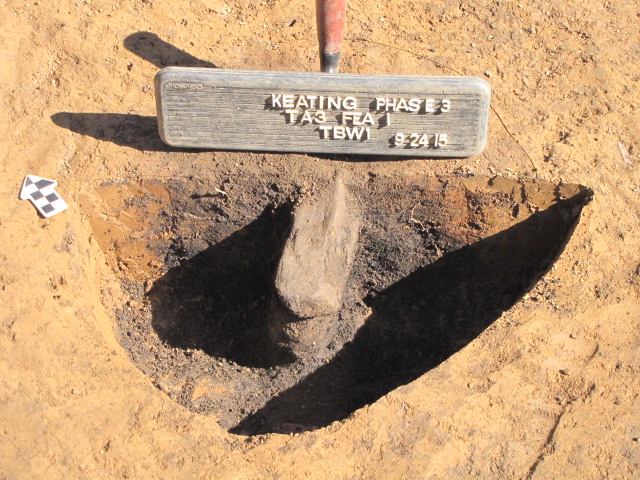
McKean County’s Keating Site, Part 2
Last month, we introduced you to the Keating Site (36MC0127) located along the Potato Creek north of Smethport in McKean County, Pennsylvania in this interesting blog post. Read on to learn about more cool finds at this prehistoric site!

McKean County’s Keating Site, Part 1
Located along the Potato Creek north of Smethport in McKean County, Pennsylvania, the Keating site (36MC0127) is a prehistoric site with a long history of occupation covering a period of time from approximately 7000 B.C. to A.D. 1500. The site is eligible for listing in the National Register of Historic Places important because of its potential to provide more information about how people lived in this area during the Early Archaic to Late Woodland. This post, the first of two, explores some of the more interesting findings from this dig. Continue reading
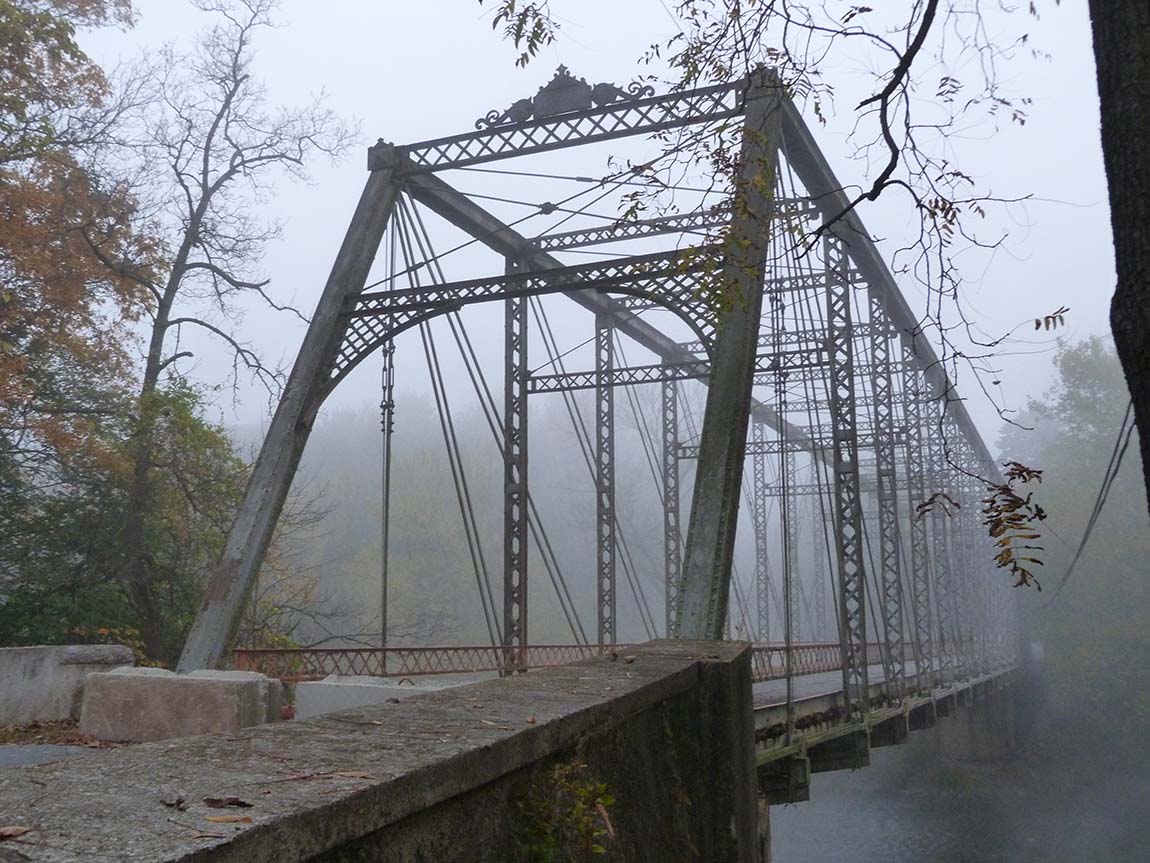
Bridge to the Past: PennDOT’s Historic Metal Truss Bridge Management Plan
In June 2016, I was hired as the Transportation Special Initiatives Coordinator in the Pennsylvania State Historic Preservation Office (SHPO). This new position was created through a special funding agreement with the Pennsylvania Department of Transportation (PennDOT) and was developed to assist them in marketing the state’s historic metal truss bridges. My position has evolved over the last 9 months and I see my purpose as helping both PennDOT and the SHPO preserve the remaining population of historic metal truss bridges by either marketing them for an adaptive reuse at a new location or helping to develop and implement a management plan to rehabilitate these bridges as part of the transportation system. Continue reading

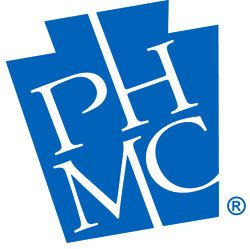
Recent Comments